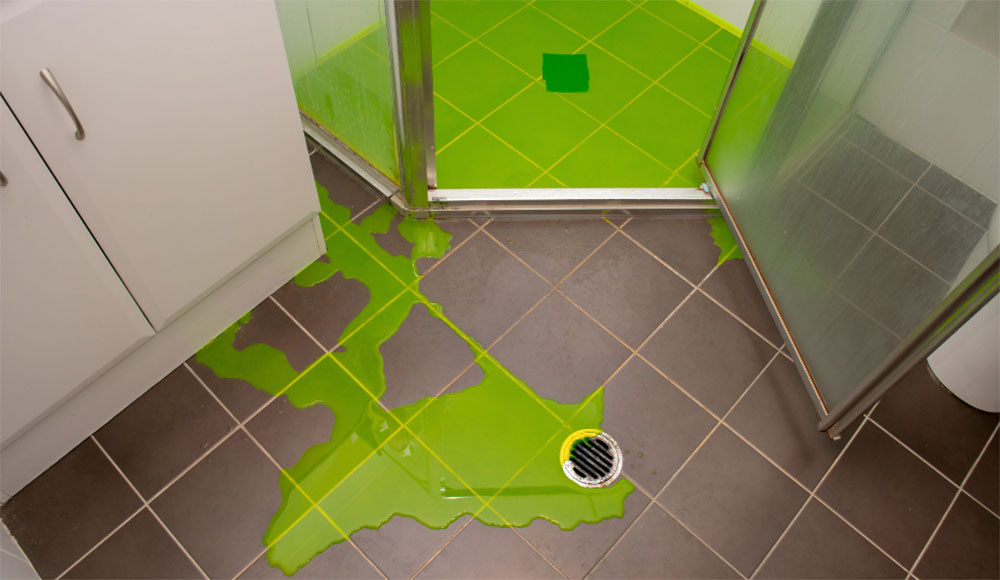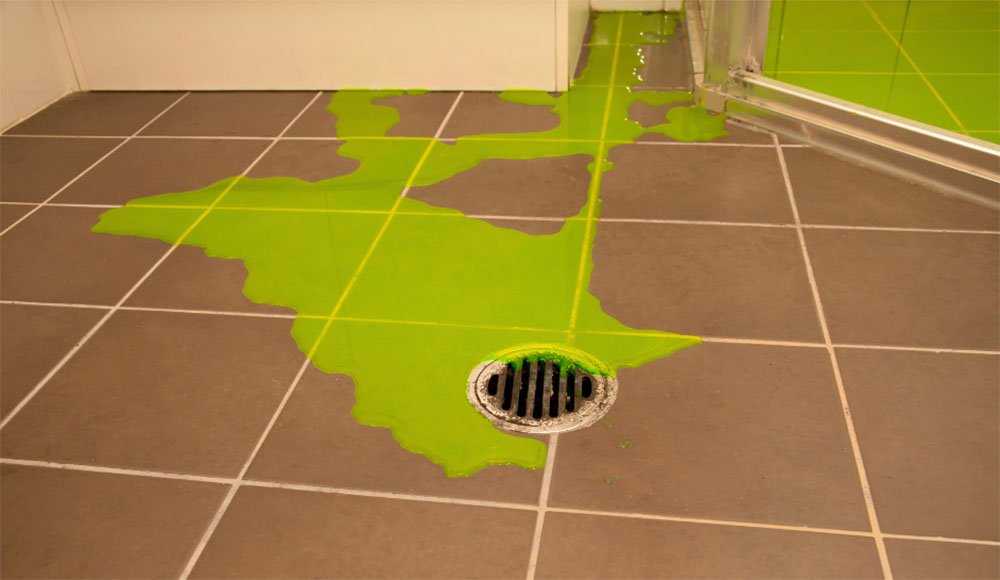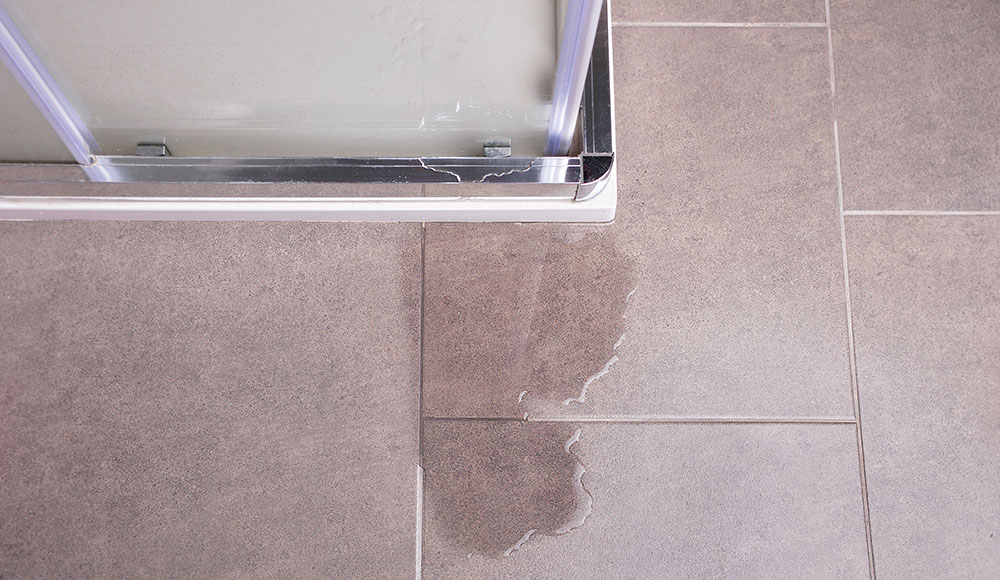There are few things more worrying, or gross than a leaking shower drain. If this issue isn’t dealt with quickly, the damage that can build up can be comprehensive and can spiral out of control.
However, not everyone is aware of how to fix a leaking drain or of how serious this issue can become, which leads to many people neglecting or ignoring the issue until it’s too late.
Thankfully, it isn’t a particularly complex issue and can be fixed relatively easily if you know what to look for and have the right equipment to deal with it.
In this guide, we’re going to look at how to fix a leaking shower drain, as well as what causes this and what you need to fix it quickly and effectively.
What Causes A Leaky Drain?
There are some telltale and very concerning signs that a drain is leaking, and one of the most common is a discolored patch in the ceiling below your bathroom, often exactly below where your shower or drain is.
Other issues such as seemingly random puddles on the floor or wet surfaces can also be a telltale sign of a leak from somewhere unseen above.

This is often a cause for panic and with good reason, as water damage can lead to potentially catastrophic results and very costly repairs if not noticed and dealt with in good time.
But what causes a leaking drain?
The most common causes are loose strainers, rusted connections, and leaking water traps. Identifying the issue is important as some problems may require special attention or equipment that the average person doesn’t have access to, but a lot of the time you can solve the issue yourself.
What You Need
Repairing a leaky drain requires some equipment to ensure the problem is solved properly.
You need;
- A Phillips screwdriver
- A flathead screwdriver
- A hacksaw
- Rags
- Pliers
- A Cleaning brush
- A fresh gasket
- Caulk or plumbers sealant/putty
How To Fix The Drain
Now that you have everything needed to fix the drain it’s time to see about actually solving the problem.
1. Remove The Drain Cover
The first thing to do is remove the metal drain cover from the drain itself. Some covers can be removed by loosening them with a flat screwdriver, however, others are fixed in place with screws.
For these, you’ll obviously need to remove the screws and put them safely to one side to ensure they aren’t lost and the cover can be properly secured later.
2. Remove The Gasket
Now that the cover is off, check the gasket and remove it. Use pliers to grab this and pull it free, then discard it as it will likely need to be replaced and could be one of the causes of the leak itself if it’s very old and worn or disfigured.
Ideally, you want to hold the gasket on the sides and turn it counterclockwise until it loosens, then you can pull it free with the pliers.
You can then undo and remove the compression screw-nut using the pliers also.
3. Remove The Shower Drain
The most worrying and challenging part comes here. You’ll need to use the hacksaw to make two cuts in the body of the drain, vertically around an inch apart, and then use the saw to sever the drain flange.
This requires a bit of nerve as well as some strength. Make sure you’ve got the right parts before you start cutting and make markings to follow if you’re particularly worried or unsure.
When you cut the flange, ensure you don’t cut the shower pad or the pipe riser as this can be catastrophic. Be very careful and precise with your cuts and don’t use too much force. Slow and steady wins the race…
From here you can coax out a small piece of the drain using a flathead screwdriver. You want to release around an inch or so before being able to leverage the rest of the body out of the drain itself.
If there is any caulk or sealant remaining on the outside of the shower drain, remove it using your hands or the flathead screwdriver.

4. Clean The Rim
Once the drain body is successfully removed, the rim of the drain will be exposed. This area of the shower is usually disgusting, even if the shower is very well kept, so don’t be alarmed or surprised if it’s a little gross, after all this is where all your filth washes away!
Clean the rim as well as you can with your rags and cleaning brush, as this will help you create a tighter, more secure seal when you put everything back together.
5. Install The Replacement Gasket
Take the clean gasket and slide it into the opening of the pan. It should sit in the center of the rim. Now spread some sealant or plumbers putty on the outside of the strainer and ensure it’s well coated.
6. Fit The New Shower Drain And Seal
Screw in the new shower drain body into the opening, and turn it clockwise until it is tightened into place correctly.
7. Remove Excess Putty
Use some old rags or a putty knife to clean away any excess putty from the drain, wiping away residue with a rag. Do not use the shower overnight now, to allow the sealant to fully set in place.
The following day you can return the drain cover and screw it back into place if required.
8. Give It A Small Test
Before you fill a huge bath or take a very long shower, test the new drain with a smaller amount of water to be sure that the leak is solved and that everything is fitted and working properly! Then you’re good to go!


